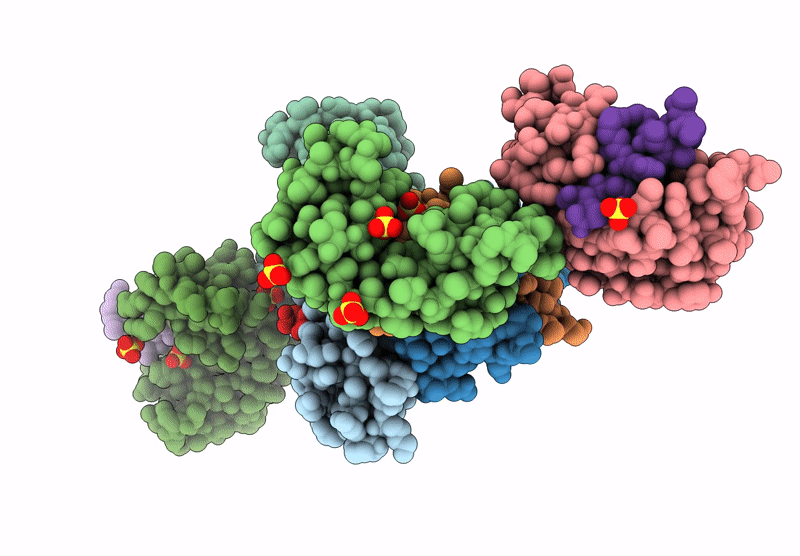
Deposition Date
2024-08-08
Release Date
2025-02-12
Last Version Date
2025-02-12
Entry Detail
PDB ID:
9GF9
Keywords:
Title:
S-Protease complexed with stapled peptide-like ligand
Biological Source:
Source Organism:
Bos taurus (Taxon ID: 9913)
Host Organism:
Method Details:
Experimental Method:
Resolution:
1.76 Å
R-Value Free:
0.25
R-Value Work:
0.20
R-Value Observed:
0.20
Space Group:
P 1


